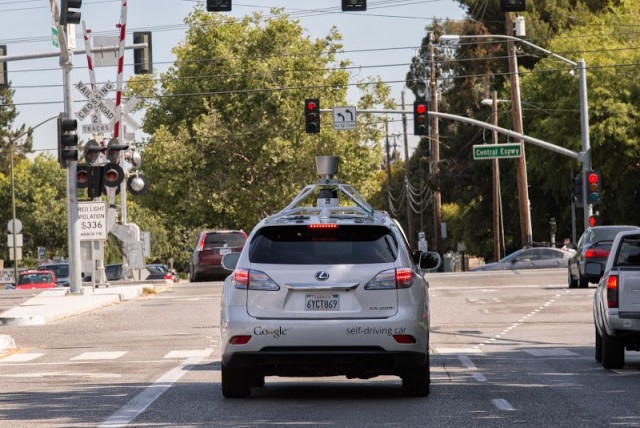On the 29th of August, 1997 Skynet became self-aware and launched nuclear missiles to incite a global war, eliminating the humans who were trying to unplug it. Judgement Day...
OK, so James Cameron and Arnold Schwarzenegger may have got their dates a little wrong, but there is little to no doubt that machines that are aware of their surroundings are becoming more and more commonplace. IBM's Watson computer is smart enough not only to take on human chess grand masters but even to defeat the mighty Alex Trebec at Jeopardy. Honda's ASIMO robot recently had a jolly little conversation with Barak Obama. And Google's self-driving cars are becoming ever more intelligent.
That last one is probably the one of most use and relevance to us, the drivers. Google's avowed intention is to drastically reduce global deaths in car accidents by turning more and more of our driving over to the machines. It's a noble cause, and one that is coming increasingly close to fruition. Google wants to have some sort of autonomous vehicle on the road, for sale, by 2018.
To that end, it has now racked up more than a million kilometres in testing and its cars (mostly Toyota Prius, but with an Audi TT or two thrown in for good measure) are getting better at dealing with the chaos and confusion of real, everyday driving. They've graduated from simply navigating along a motorway to being able to tackle city streets. Buses, badly parked vans and, yes, even cyclists are now no problem at all to Google's battery of sensors and radar systems. Mind you, it might frustrate the few remaining human drivers to know that the cars' basic response to most scenarios, from spotting a double-parked truck to noticing that a cyclist is signalling for a lane change, is to simply slow down or stop and wait for whatever's up front to happen.
Even traffic cones, those little orange banes of our lives, can now be coped with and Google's robot cars can now also safely tackle railway crossings - waiting until the car in front has cleared the crossing and actually looking around to make sure a train is not approaching. That's a serious issue in the US, where unguarded crossings are the norm and there were some 251 fatalities and more than 900 injuries involving train crossings last year alone.
Speaking in a blog post, Chris Urmson, director of Google's self-driving car project said that "with every passing mile we're growing more optimistic that we're heading toward an achievable goal - a vehicle that operates fully without human intervention."
Anything else?
Google recently shut down its beta-testing Google Cars online application, which was designed to help buyers find the car they were looking for in their local area by querying dealer stock lists. The system drew complaints from the car dealer community in San Francisco where it was being trialled, but the system is not dead yet - merely being redesigned. It could yet form the bedrock of an on-demand robot car system from Google; one where instead of owning a car you pay a subscription fee and simply call a Google robot car to come and collect you when you need it to.

